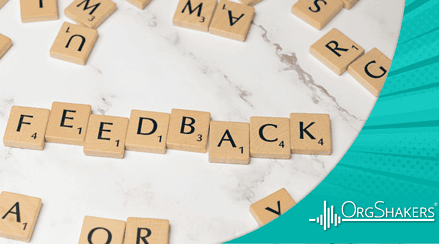Menu

Why Human Interaction Still Matters in the Age of AI
Let me set the scene: it’s a rainy Tuesday morning and you arrive at the office for work. The place is quiet – just the hum of the coffee machine and the low murmur of someone on a Teams call. But by 10 a.m., a small group has gathered in the open-plan communal space: Finance are chatting about a reporting glitch, a new employee is asking questions about a new platform, and someone is sharing photos from their dog’s birthday (yes, that’s a thing now!).
Within half an hour, three new ideas have been sparked, two problems solved, and a connection made that will lead to an impromptu mentorship pairing.
This is the kind of magic that’s hard to replicate through a screen.
While AI and automation are undeniably transforming the way we work – bringing speed, efficiency, and convenience – they can’t replicate the authenticity, collaboration, or creative spark that comes from sharing a space with others. In an age where so much can be streamlined, the unmediated, spontaneous moments of human connection remain irreplaceable. A smile, a firm handshake, or a quick coffee break creates bonds that virtual interactions simply can’t match.
Creating environments that foster meaningful connection is no longer a ‘nice to have’ – it’s essential for building resilient teams and strong workplace culture.
AI: An Enabler, Not a Replacement
Let’s be clear: AI is here to stay, and that’s a good thing. Used thoughtfully, it can lift the administrative burden, speed up data analysis, and allow people to focus on what they do best – building relationships, solving problems, and bringing fresh ideas to the table.
In the HR space alone we’ve seen AI enhance recruitment, employee feedback, and performance monitoring. Gartner predicts that by 2027, nearly 25% of all professional roles will be supported or augmented by AI. But while these tools enhance productivity, they must not replace the emotional intelligence, trust, and judgment that only humans bring.
AI won’t notice when a new starter is feeling overwhelmed. It can’t coach someone through a delicate conversation or teach the nuance of when to lead, when to follow, and when to challenge. That kind of knowledge lives in the in-between moments – moments that only come with face-to-face connection.
The Value of Being There
As we integrate AI into more aspects of work, it becomes even more important to double down on what can’t be automated – namely, mentorship.
While AI can accelerate tasks and fast-track knowledge acquisition, it doesn’t teach people how to navigate a tough conversation, when to push back in a meeting, or why a certain client prefers one communication style over another. That kind of learning comes from observing, shadowing, and talking things through with someone who’s been there before. It comes from being present.
In professional environments – particularly those where junior employees are just beginning to shape their skills – this human guidance is essential. Kevin Ellis, Chairman of PwC, captured it well when he said: “You give people the freedom to do more. This, in turn, requires more coaching to equip people more quickly for more responsibility and to impart knowledge that is usually acquired over a longer period of time.” AI might take someone from year one to year three on paper, but the real growth happens in the conversations in between.
Being physically present in the workplace allows for these crucial mentoring moments to unfold naturally – whether it’s a casual debrief after a meeting, or a spontaneous question asked in passing. These are the moments that build confidence, capability, and a sense of belonging.
Without them, there’s a real risk that early-career employees, especially, miss out on the very experiences that shape future leaders.
Designing Office Time with Intention
That doesn’t mean flexibility goes out the window. Remote and hybrid working have provided much-needed balance for many, and the option to focus at home is now a baseline expectation. But if we want employees to come into the office, the experience has to be more than just replicating remote work at a desk.
Office time should be purposeful. It should be about collaboration, creativity, shared learning, and community – things that don’t happen as organically over scheduled calls. When designed well, the physical workplace can serve as a catalyst for connection. Open-plan areas, communal kitchens, and informal breakout spaces make it easier for spontaneous interactions to flourish.
In-person collaboration unlocks creativity and fosters deep trust – an authenticity that screens and algorithms can’t capture.
The Human Touch Builds Trust
Trust is the foundation of effective teams, and it’s much easier to build when we’re face-to-face. Research from MIT Sloan shows that high-trust teams are 50% more productive and 76% more engaged. Shared experiences – the chats between meetings, the eye contact across a table, the subtle cues from body language – form the basis of camaraderie and psychological safety.
In roles like HR, trust is especially vital. When employees know there’s a human being behind the process, someone they can see, speak to, and be heard by, they are more likely to feel supported. But when services are automated to the point of invisibility, that trust can erode.
We must continue to capitalise on the human element – not in spite of AI, but alongside it.
Moving Forward – Together
AI will continue to shape the future of work, but it’s our responsibility to ensure it doesn’t strip out the soul of the workplace. It’s not about choosing between technology and human connection; it’s about using technology to elevate it.
Because sometimes, the best ideas – and the strongest relationships – are sparked not by an algorithm, but by a laugh across the desk and a second cup of coffee.
If you would like to discuss how we can help create environments that foster meaningful connections in your organization, please get in touch with us today!



